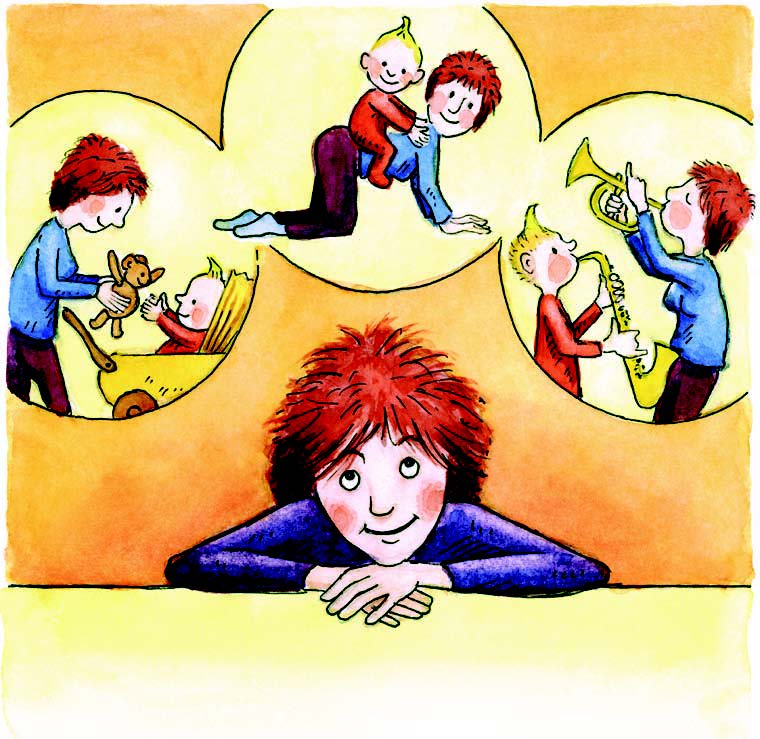Surgery
Author: Gesche Tallen, MD, PhD, Editor: Maria Yiallouros, Reviewer: Prof. Dr. med. Dr. h.c. Günter Henze, English Translation: Hannah McRae, Last modification: 2015/05/11 https://kinderkrebsinfo.de/doi/e2058
Surgery – along with chemotherapy and radiation – is one of the three major pillars of cancer treatment for children and adolescents. In paediatric oncology, surgery is most often performed for the treatment of solid tumors.
The preparation of surgery, anaesthesia, the surgical procedure, and recovery should all be done in a large children's hospital, where the necessary infrastructure and expertise to treat children and adolescents with cancer is provided by age-appropriate approaches and equipment as well as the pre-sence and experience of a multi-disciplinary treatment team.
Except for life-threatening emergencies, both anaesthesia and surgical intervention in a minor are only performed when the parents or legal guardians – after having been informed about the treatment, its risks, and/or possible complications by the responsible physicians, such as the anaesthesiologist and the surgeon – have given their consent to the intervention.
The specific surgical approach chosen usually depends on the type, anatomical site, and extent of the tumour, the body parts that are affected, and the patient’s overall condition. There is a wide range of surgical techniques that can be used.
Surgery can have the following objectives:
- Tumour shrinkage or removal in a life-threatening emergency caused by the tumour mass
- Removal of some tumour tissue (biopsy) for histological evaluation and subsequent staging of the disease in order to determine the optimal treatment strategy (treatment planning)
- Complete tumour removal prior to chemo- and/or radiation therapy (primary radical surgery)
- Incomplete tumour removal prior to chemo- and/or radiation therapy (primary cytoreductive surgery)
- Delayed surgery to remove residual tumour after biopsy and/or chemotherapy
- "Second-look" surgery to remove residual tumour after incomplete tumour removal followed by chemo- and/or radiation therapy
- Surgical removal of (single) metastases (metastatic surgery)
- Organ transplantation (transplant surgery; only seldomly performed in paediatric oncology)
- Supportive surgery, such as central venous catheter insertion or shunt surgery for treatment of hydrocephalus
Complete tumour removal is not always the most feasible treatment option at the beginning of a cancer therapy. With the proven efficacy of chemo- and radiotherapy, certain surgical interventions, particularly those carrying the risk of damaging eloquent, healthy tissue, are no longer indicated to ensure a successful treatment for most patients.
In extreme situations, however, for example when a tumour does not respond to chemo- or radiotherapy, radical surgical procedures may become necessary to increase chance of survival. Nevertheless, the treatment team will make sure, that a careful balance is kept between the extent of tumour resection and the patient's subsequent quality of life.
For most patients, the major goal of surgery (usually combined with chemo- and/or radiotherapy) is to attain cure (curative treatment). That means that it aims at completely and permanently eliminating the cancer.
Today, the overall probability of survival for children and adolescents with malignant diseases is about 80 % [KAA2014]. For some patients, however, surgical options are limited to life-prolonging measures such as reduction of tumour mass and/or tumour-related symptoms and impairments (palliative surgery).
Main references 
- Pizzo PA, Poplack DG (eds): Principles and Practise of Pediatric Oncology. Lippincott Williams & Wilkins Fifth edition 2006 [ISBN: 9780781754927]
- Gadner H, Gaedicke G, Niemeyer CH, Ritter J (Hrsg): Pädiatrische Hämatologie und Onkologie. Springer-Verlag 2006 [URI: http://www.springer.com/ medicine/ pediatrics/ book/ 978-3-540-03702-6]
- Gutjahr P: Krebs bei Kindern und Jugendlichen. Deutscher Ärzte-Verlag Köln 5. Aufl. 2004 [ISBN: 3769104285]

